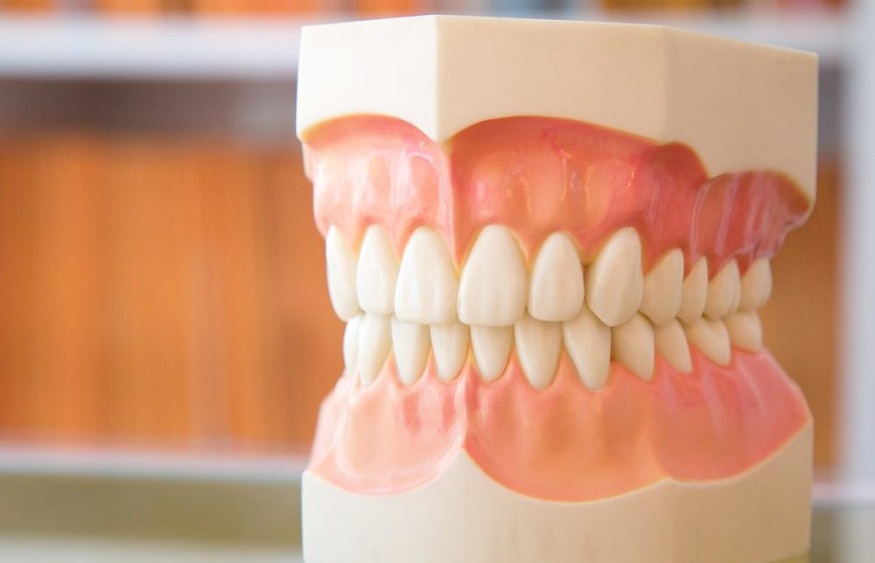Periodontal disease is a bacterial infection that infects the gum tissue causing inflammation, redness, swelling and bone loss around the teeth. This can affect one or more teeth.
There are several types of gum surgeries that your dentist may recommend if you have developed gum disease (also called periodontal disease). The most common cause of gum disease is when excessive bacteria builds up in your mouth and creates excess plaque and your body is unable to fight the infection. However, certain factors, including medications and chronic illnesses, can make a person more vulnerable to gum disease even if they follow rigorous oral care.
Gum Graft Surgery
What is gum graft surgery? It is a procedure performed by a periodontist to alleviate gum recession. Recession occurs when the gums are receding downward over time from tooth movement, excessively harsh brushing, or something else, such as gum disease.
The procedure involves moving flesh from elsewhere in the mouth (for example, the roof of the mouth) toward the receding gum to fill it in around the tooth and provide a more secure barrier.
Gum Transplant in our Dental Clinic in Türkiye
Gum Surgery Genetics to gum disease, there are a number of contributing factors that can cause teeth to recede from the gums. Known as gum recession, this condition is both aesthetically unappealing and can compromise the overall health of the smile by leaving the roots of the teeth exposed and vulnerable to decay.
Gum grafting helps restore the appearance of healthy gums while protecting exposed roots.
Following a thorough assessment of your gums as well as a discussion of your ultimate smile goals, our periodontists can recommend one of the following gum graft treatment options:
Connective Tissue Grafts: Ideal for treating root exposure, this form of soft tissue graft uses either donor connective tissue or underlying tissue from the palate to cover areas of exposure.
Gingival Grafts: Our periodontitis uses the top layer of tissue from the roof of the mouth to cover exposed roots and areas with thinning gum tissue.
Pedicle Grafts: Tissue is taken from the surrounding area and a flap or pedicle is created to expose the root. The grafted tissue is then placed in the area and the flap is sutured in place.
Is Surgery Painful?
Your operation will be carried out under local anesthesia. You should feel little or no discomfort. After surgery, the treated area may be slightly tender, painful, or swollen.
You may receive analgesics (anti-pain) to relieve postoperative discomfort; antibiotics to prevent infection.
What Should I Pay Attention to After Surgery?
Facial swelling and bruising are expected after surgery. You can reduce this with a cold compress against the cheek for the first 6-8 hours after surgery
If a periodontal dressing has been applied to the wound, do not worry if it ruptures after 2-3 days. Pieces can be thrown away.
Avoid chewing hard foods in the surgical area for several days.
Brush your other teeth as usual and use the prescribed antibacterial mouthwash to keep the surgical site clean.
Following certain types of periodontal surgery, teeth may be more sensitive to hot and cold sensations. Sensitivity will decrease over the first few weeks after surgery.
What can I do to help control the disease?
Removing plaque daily through proper brushing, flossing, and other recommended cleaning methods will protect your teeth for a lifetime.
What is Periodontitis?
PeriodontitisAre you worried about tooth loss? Do you think there is a risk of losing one or more of your teeth? There are many reasons why someone is at risk of losing their teeth and the problem can affect anyone at any age.
There are a number of reasons why as adults we may lose our teeth. You can lose teeth in an accident or as a result of health problems, but one of the main causes of tooth loss is the serious, irreversible stage of gum disease called periodontitis.
Healthy gums are very important for the health of your teeth.
Periodontitis is commonly referred to as “Gum Disease” and is a very common condition in which the gums and deeper periodontal structures become inflamed. This gingivitis, which usually takes the form of redness, swelling and a tendency to bleed when brushing your teeth, is the body’s response to certain bacteria that can accumulate on the teeth. Although part of the body’s defense system, this inflammatory response can eventually cause serious damage. If left uncontrolled, inflammation can spread below the gums and along the roots of the teeth, causing destruction of the periodontal ligament and supporting bone. This ultimately leads to loosening of the teeth and potential loss.
What are the risk factors for periodontal disease?
There are a number of factors that increase your chances of developing periodontitis and make it more likely to progress. Well-known risk factors include stress, certain systemic diseases such as diabetes and especially smoking.
How is periodontitis treated?
With careful evaluation and treatment, it is usually possible to completely stop the progression of periodontitis.

